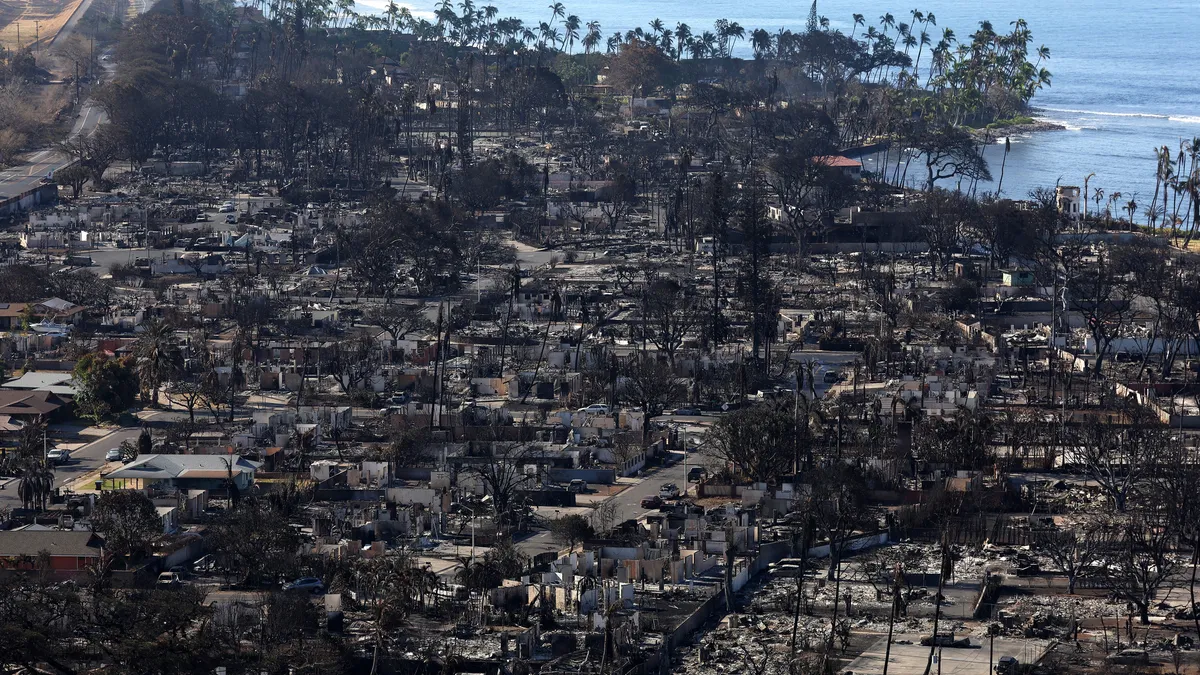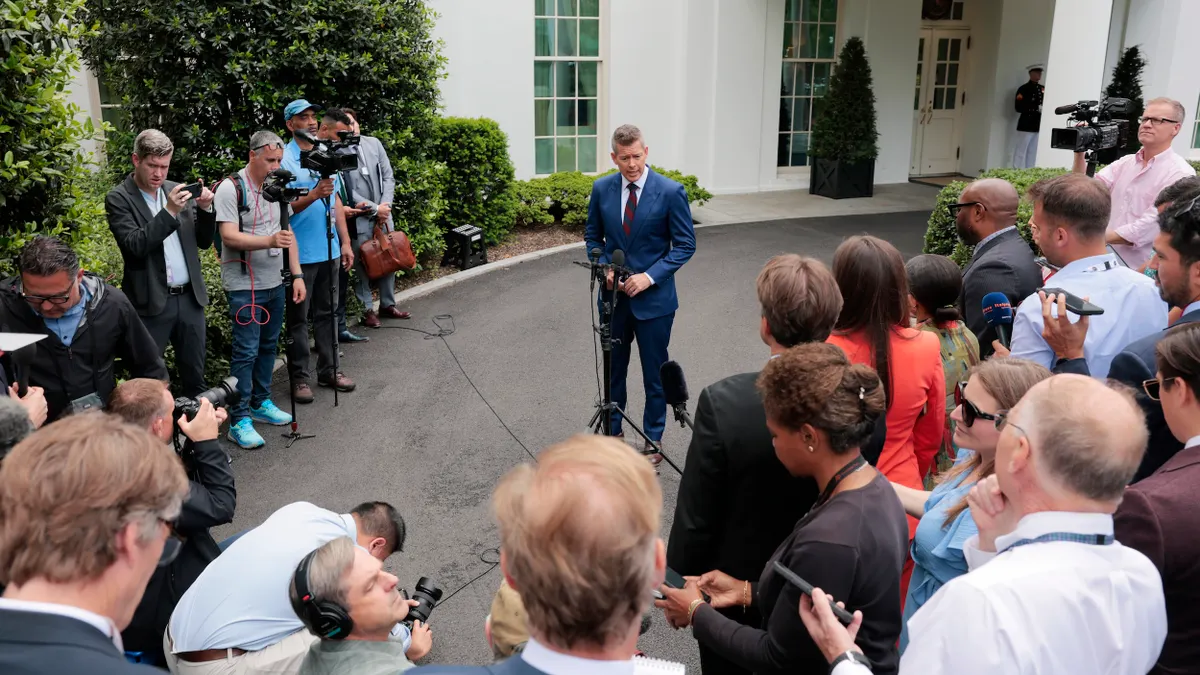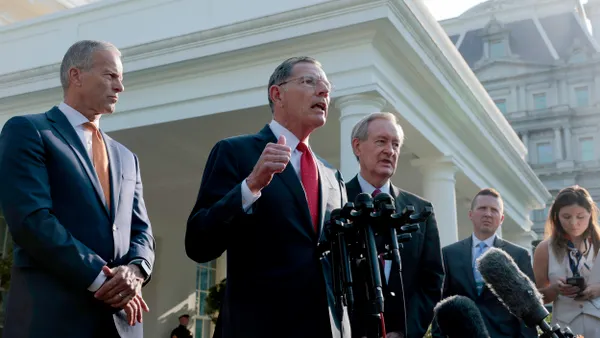Wildfires torched the Hawaiian island of Maui on Aug. 8, killing 99 people and counting. The fire harmed or destroyed at least 2,200 buildings in West Maui, 86% of which were residential, Hawai’i Gov. Josh Green said during a tour of the devastation Saturday, and it will cost at least $6 billion to rebuild. Maui’s infrastructure also took a beating.
The worst of the fires were concentrated in the historic town of Lahaina, former capital of the Kingdom of Hawai’i, a sacred burial site of many Hawaiian chiefs and a key tourism destination. Many properties were burned so badly that water spewed out of their melting pipes, depressurizing Lahaina’s water network and leaving firefighters with dry fire hydrants as they tried to stop its advance, the New York Times reported.
Across the island in Kula, residents also experienced a breakdown in their water system amid the fires. On Aug. 11, the County of Maui Department of Water Supply issued an unsafe water alert for areas of Upper Kula and Lahaina affected by wildfires.
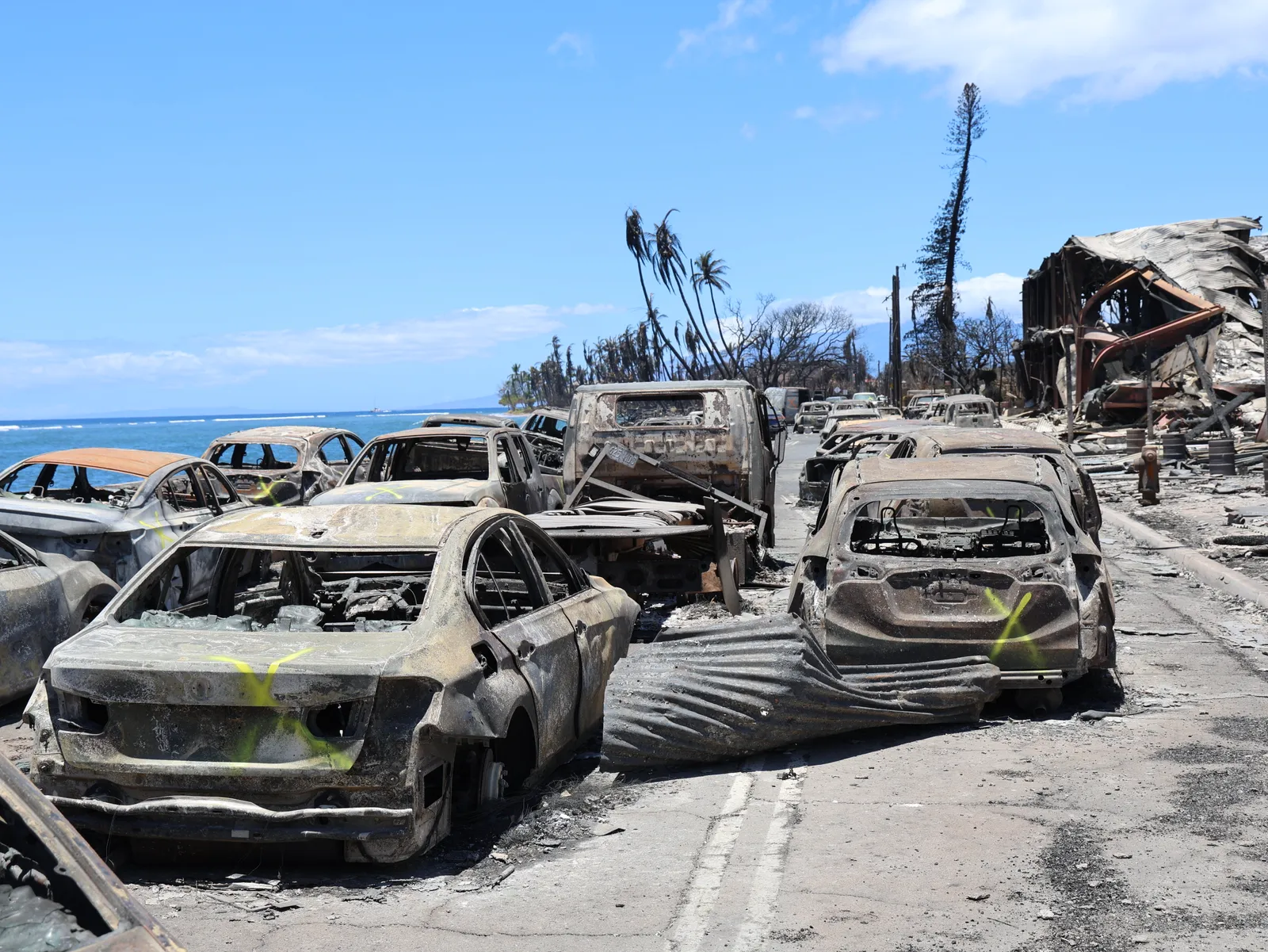
Power lines and transmission poles were also damaged, leaving 14,000 households and businesses without electricity, according to PowerOutage.us.
“Lahaina is an old town and all of its electrical infrastructure was above ground. Many of the electrical poles have burned and power substations in the area have also been impacted,” said Cheryl Walthall, executive director of the General Contractors Association of Hawai’i, in an email to Construction Dive.
Multiple roads are still closed, and cell and internet service is limited. There is significant structural damage to cell sites serving Lahaina, Inside Towers reported, and carriers were working over the weekend to restore service.
“Roads and any structures left standing will have to be assessed after bearing so much heat from the fires. It’s going to be a long road to recovery,” Walthall said. “Emergency responders on Maui are still in the search-and-rescue phase and the extent of the damage to infrastructure is not yet clear, but it appears to be a total loss.”
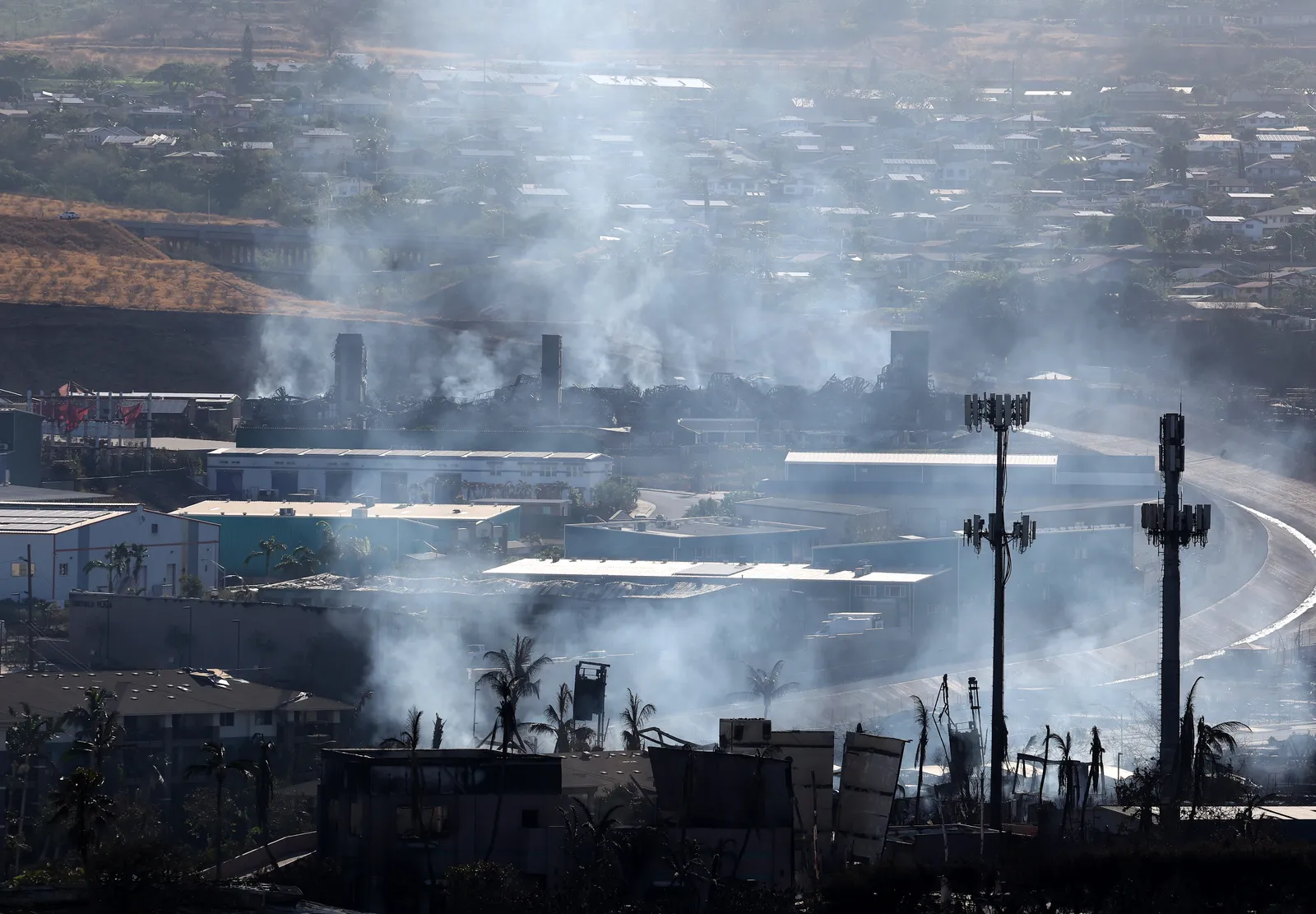
Contractors pitch in
It is not yet clear how construction projects have been impacted by the wildfires, Walthall said.
“There were probably some smaller commercial and residential projects that were affected by the wildfires, but we’re not aware of any major construction projects that have been impacted directly,” Walthall said. “Some projects have had to pause work temporarily because they are inaccessible due to the road closures in Lahaina.”
Amid the devastation, local contractors are pitching in to help. Jeffrey Durham, president of Hawai’i Associated Builders and Contractors, told Construction Dive in an email that the chapter has sourced generators from members and is shipping them to Maui.
“Our member contractors on Maui are assisting by setting up emergency generators and providing power to those whose houses are still standing but without power,” said Durham. “Lahaina is a historic town hundreds of years old and was once the seat of the Hawaiian Kingdom; while the buildings can be replaced, the effects of the cultural loss has yet to be fully felt.”
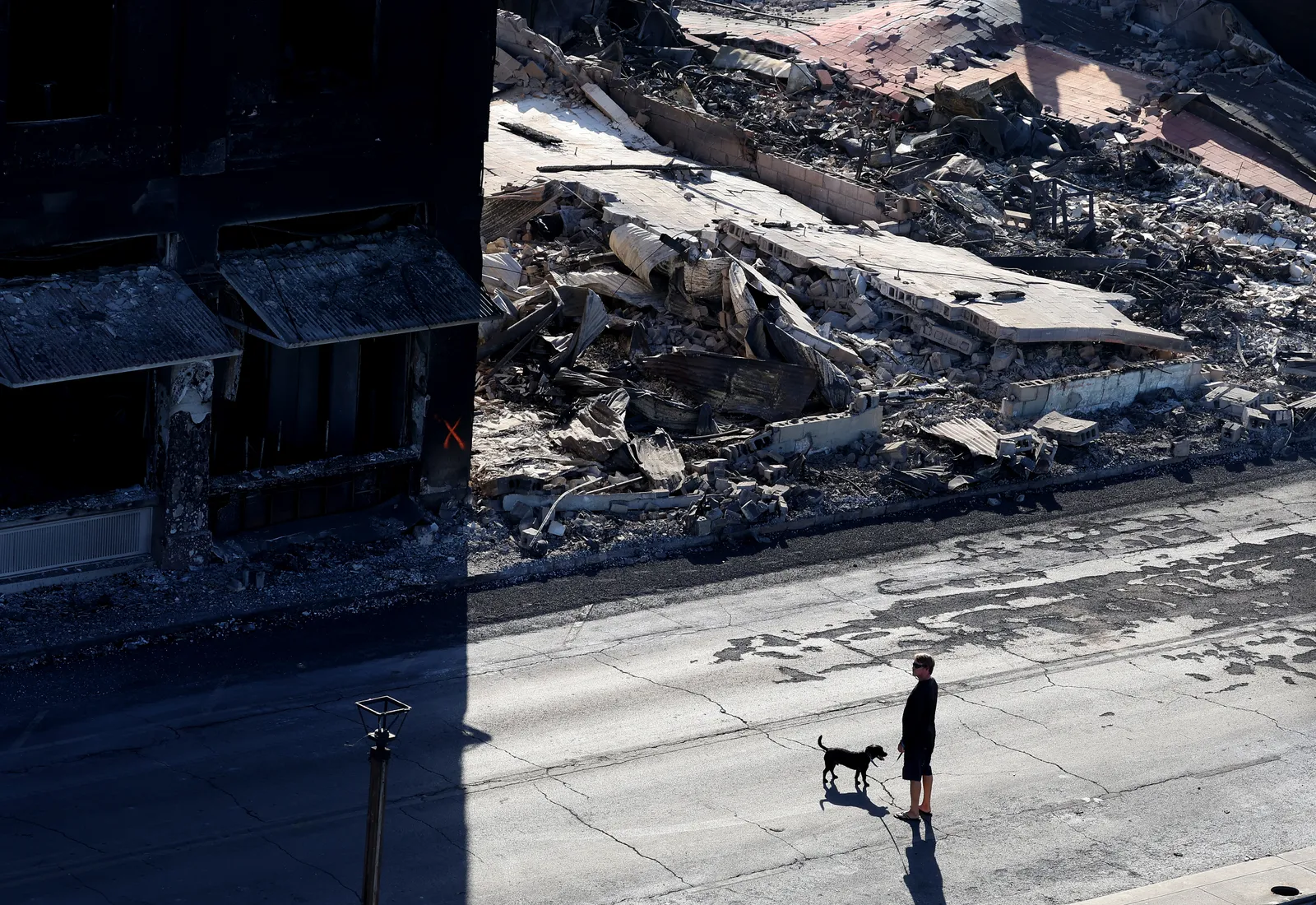
Housing for displaced residents is a major concern, Durham added.
“Thousands of people have lost everything and housing, which was experiencing a shortage before this event, is now a critical issue. Where do thousands of people go for the next few years while the community tries to rebuild both the businesses and homes lost? The full economic impact is yet to be understood but it will set Maui back decades, and a full recovery is not guaranteed.”
One barrier to the recovery effort could be a shortage of workers. Anthony Nelson, a fire recovery expert at Premier Restoration Hawai’i’s Maui office, told Hawai’i TV station KITV4 that Maui has already had a shortage of tradespeople to support the island’s existing infrastructure.
Causes of fire were complex
While the exact cause of the fire is still unknown, climate change and a colonial legacy of monoculture farming practices set the stage for the conflagration, as strong wind gusts from Hurricane Dora more than 800 miles away fanned the flames amid hot and dry conditions. Droughts and extreme storms are becoming more frequent due to climate change, and the frequency and intensity of wildfires has been increasing on Maui over the past five years.
Fueling the flames were invasive nonnative grasses near Lahaina and elsewhere on the island, introduced to Hawai’i by 19th century colonizers who shifted away from indigenous land management practices and toward sugar cane and pineapple plantations, according to the San Francisco Chronicle. These grasses spread over abandoned agricultural land and are highly flammable, unlike native plants.
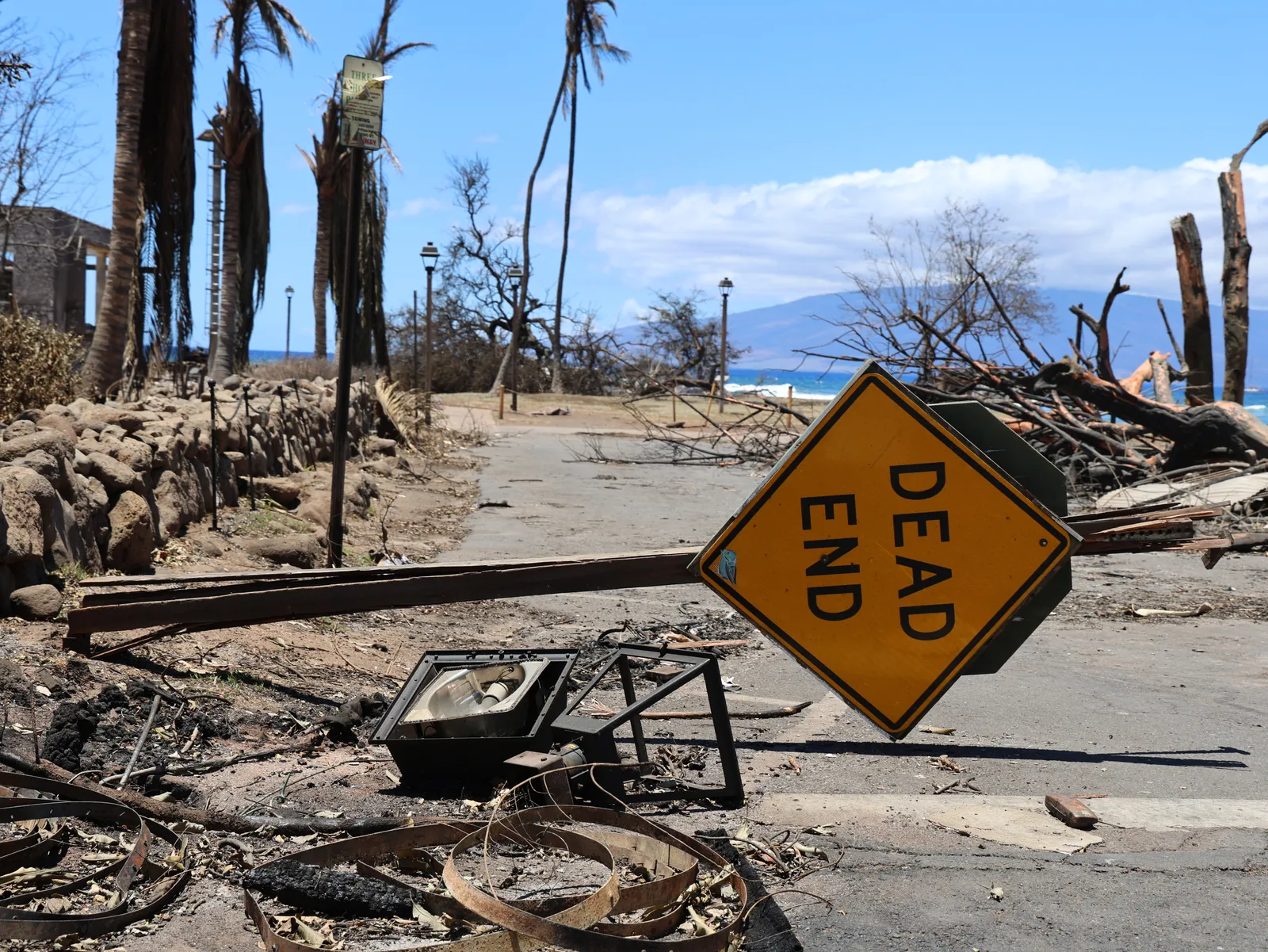
Hawaiian Electric, the utility which serves 95% of the state's residents, said hurricane-force winds took down power lines in the area before the blaze began. The utility did not shut down power in Lahaina ahead of the fires, a measure that has been used in California, Oregon and other areas prone to wildfire threats, Honolulu Civil Beat reported. At least 29 fully energized poles fell across roads in West Maui on Tuesday, restricting access to the fire area and preventing many from evacuating.
Lawyers are now investigating the utility to see if it was responsible for sparking the flames. Two class actions were filed Sunday and a third suit was filed Monday against Hawaiian Electric, according to Law.com, and many more are likely to come.



